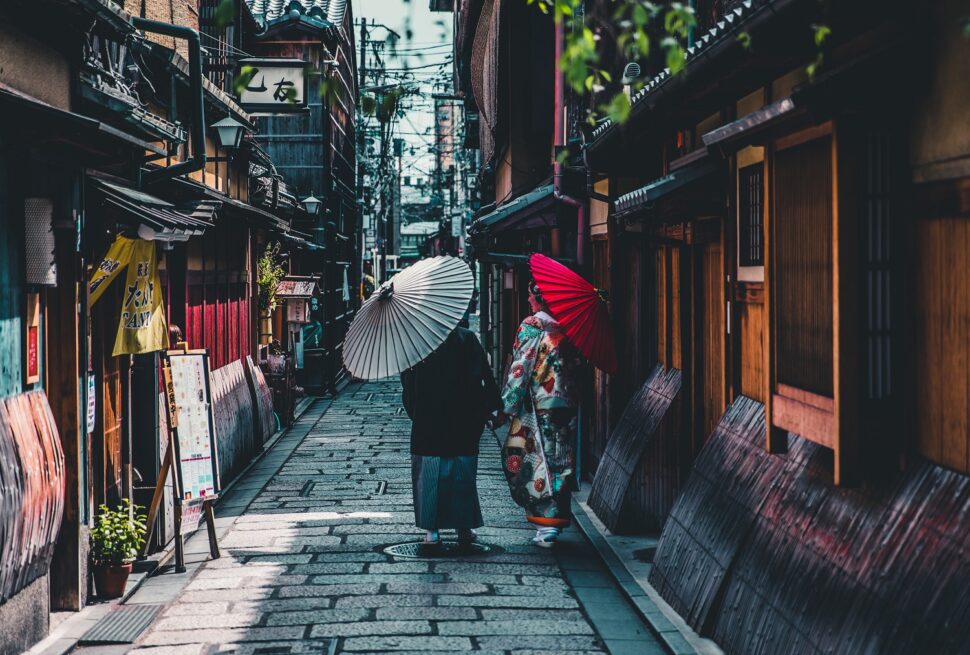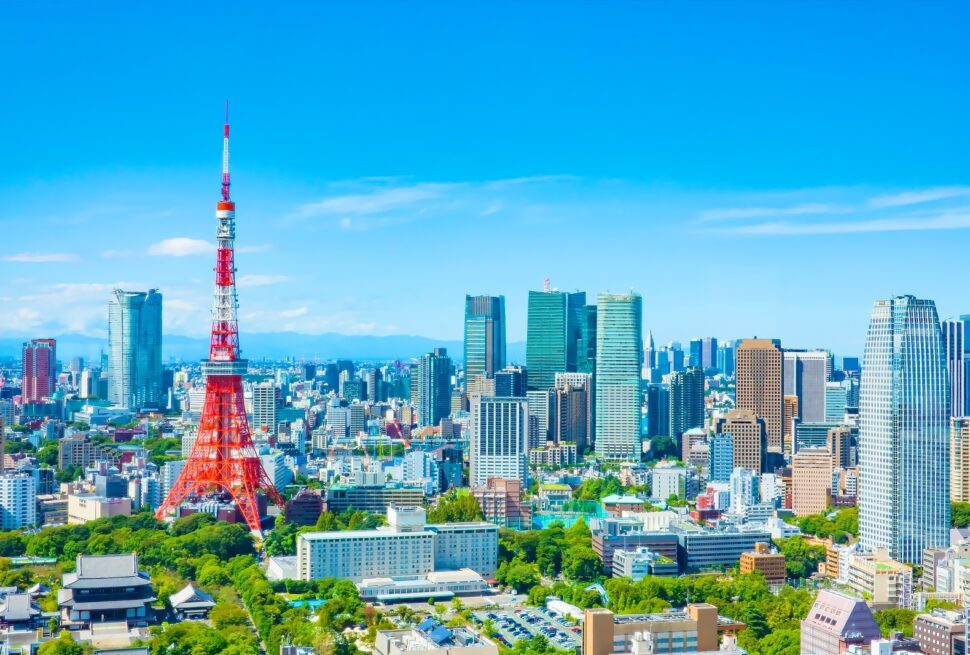Mount Fuji that covers its history, cultural significance, and why it’s a must-visit destination for travelers
Japan’s Iconic Peak

Mount Fuji, known as Fujisan in Japanese, is one of the most iconic landmarks in Japan and a UNESCO World Heritage site. Standing at 3,776 meters (12,389 feet), it is the tallest mountain in the country and a beloved symbol of natural beauty. In this blog, we’ll explore the history and cultural significance of Mount Fuji, as well as why it’s a must-visit destination for travelers.
History and Cultural Significance

Mount Fuji has long been revered in Japanese culture. Its symmetrical cone shape and majestic presence have inspired countless artists, poets, and writers over the centuries. The mountain is considered sacred in both Shinto and Buddhist traditions, and it has been a site of pilgrimage for centuries.
In Shinto belief, Mount Fuji is home to the kami (spirit) of Konohanasakuya-hime, a goddess associated with the mountain. In Buddhism, the mountain is considered a place for spiritual training and meditation. As a result, many temples and shrines can be found in the surrounding areas. Mount Fuji’s cultural impact extends beyond religion. Its stunning beauty has made it a popular subject in Japanese art, particularly in ukiyo-e prints. The famous series “Thirty-Six Views of Mount Fuji” by Katsushika Hokusai showcases the mountain’s changing appearances across different seasons and weather conditions.
Visiting Mount Fuji
Mount Fuji is a popular destination for both locals and tourists. There are several ways to experience the mountain and its surroundings
Climbing Mount Fuji
he climbing season typically runs from early July to early September. During this time, the weather is more stable, and the trails are open to hikers. The most popular routes are the Yoshida Trail and the Subashiri Trail, both of which offer beautiful views and various amenities along the way.
Lake Kawaguchi: This picturesque lake is one of the Fuji Five Lakes located at the base of the mountain. It’s a great spot to enjoy views of Mount Fuji, go boating, or relax by the water.
Chureito Pagoda
This iconic five-story pagoda offers one of the most famous views of Mount Fuji. It’s a popular spot for photography, especially during cherry blossom season.
Fujisan World Heritage Center
Located in the city of Fujiyoshida, this center provides visitors with information about Mount Fuji’s cultural and natural heritage through exhibits and interactive displays. Conclusion Mount Fuji’s allure lies not only in its physical beauty but also in its deep cultural and spiritual significance. Whether you’re an avid hiker or simply want to take in the breathtaking views, a visit to Mount Fuji is an experience you won’t want to miss. Make sure to plan your trip during the climbing season or when the weather is clear for the best experience. Enjoy the majestic beauty of this iconic peak!




